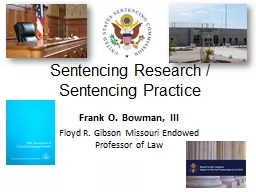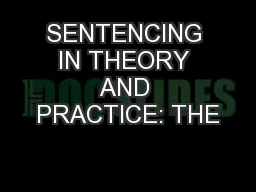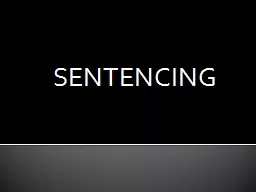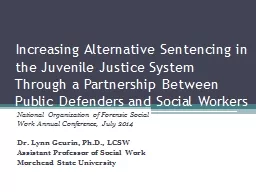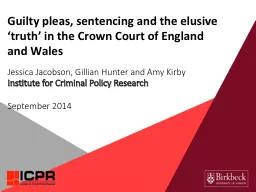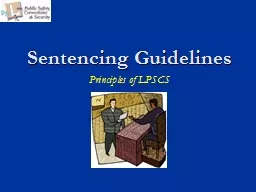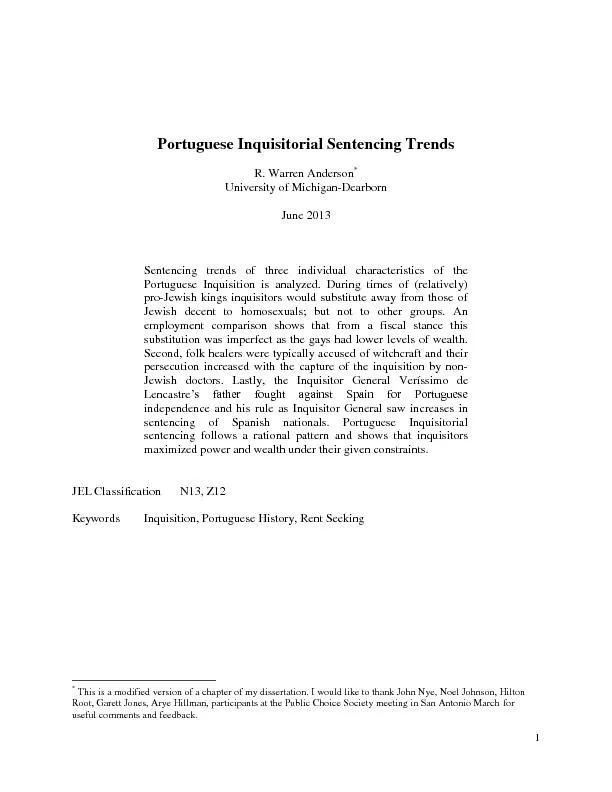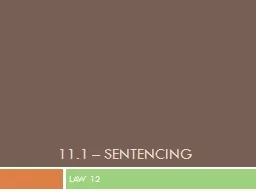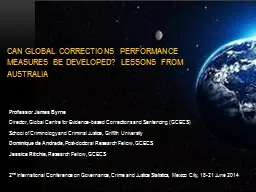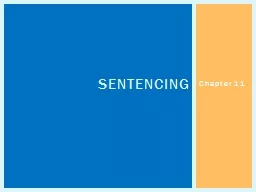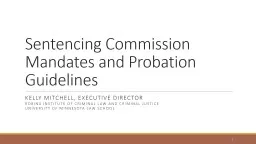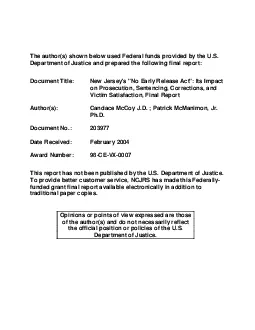PPT-Sentencing Research / Sentencing Practice
Author : liane-varnes | Published Date : 2017-06-14
Frank O Bowman III Floyd R Gibson Missouri Endowed Professor of Law Original Guidelines levels were set in 1987 by reference to three benchmarks In general study
Presentation Embed Code
Download Presentation
Download Presentation The PPT/PDF document "Sentencing Research / Sentencing Practic..." is the property of its rightful owner. Permission is granted to download and print the materials on this website for personal, non-commercial use only, and to display it on your personal computer provided you do not modify the materials and that you retain all copyright notices contained in the materials. By downloading content from our website, you accept the terms of this agreement.
Sentencing Research / Sentencing Practice: Transcript
Download Rules Of Document
"Sentencing Research / Sentencing Practice"The content belongs to its owner. You may download and print it for personal use, without modification, and keep all copyright notices. By downloading, you agree to these terms.
Related Documents

